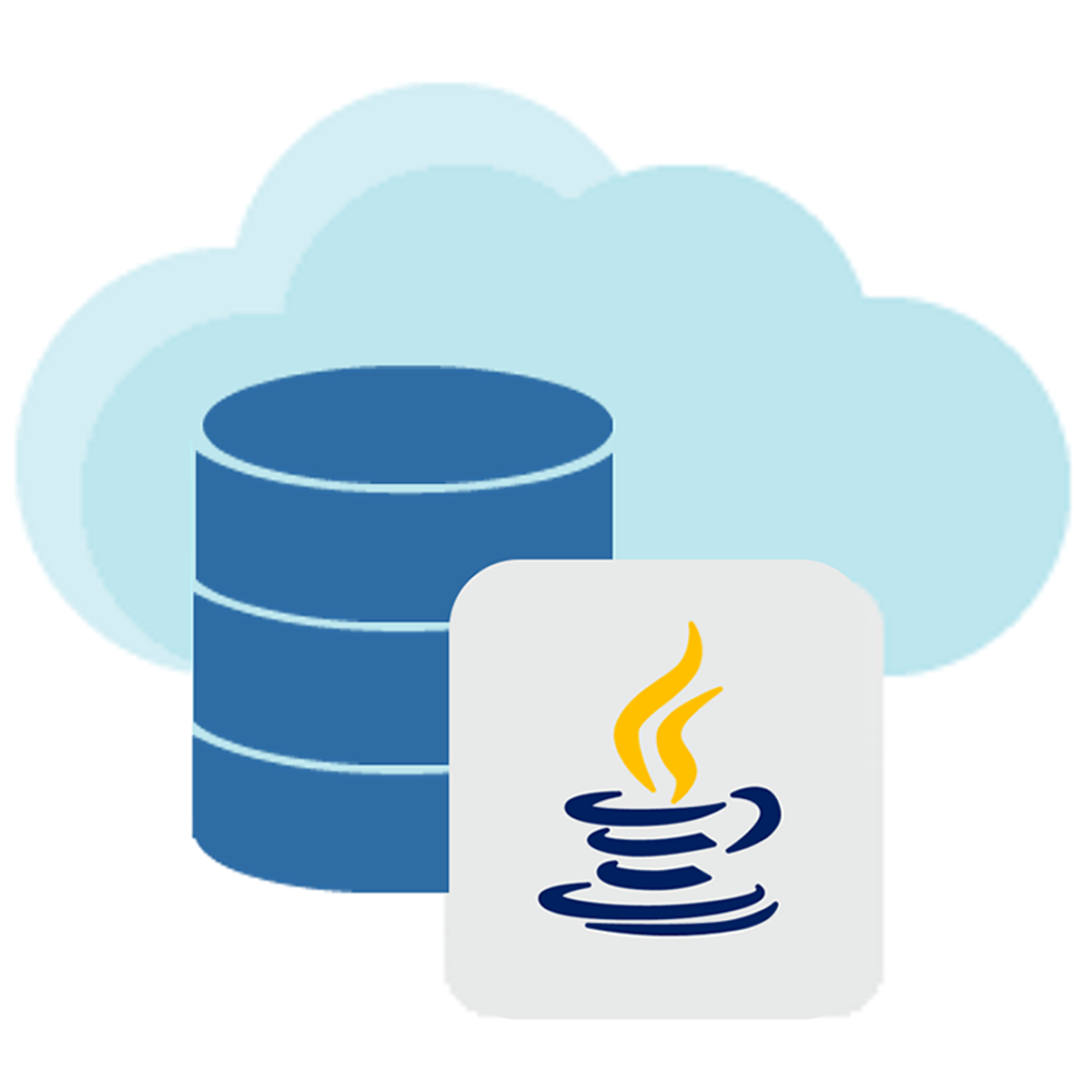Back to Courses









Data Management Courses - Page 20
Showing results 191-200 of 399

Database and Multi-Cloud Assessment with StratoZone
This is a self-paced lab that takes place in the Google Cloud console. Collect database information from Oracle, MySQL, PostgreSQL and Microsoft SQL, import data generated from AWS/Azure account into StratoZone for analysis.

Troubleshooting Common SQL Errors with BigQuery
This is a self-paced lab that takes place in the Google Cloud console. In this lab, you use BigQuery to troubleshoot common SQL errors, query the data-to-insights public dataset, use the Query Validator, and troubleshoot syntax and logical SQL errors.

تحليل البيانات باستخدام البرمجة R
هذه هي الدورة التدريبية السابعة في شهادة تحليلات البيانات من Google. ستزودك هذه الدورات بالمهارات اللازمة للتقدم لوظائف محلل البيانات على المستوى التمهيدي. في هذه الدورة، ستتعرف على لغة البرمجة المعروفة باسم R. حيث ستتعرف على كيفية استخدام RStudio، وهي البيئة التي تتيح لك استخدام R. كما ستتناول هذه الدورة أيضًا تطبيقات البرامج والأدوات التي تنفرد بها R، مثل حزم R. ستكتشف كيف تتيح لك لغة R تنظيف البيانات وتنظيمها وتحليلها وتصورها والإبلاغ عنها بطرق جديدة وأكثر فاعلية. سيستمر محللو بيانات Google الحاليون بإرشادك وتزويدك بالطرق العملية لإنجاز مهام محلل البيانات الشائعة باستخدام أفضل الأدوات والموارد.
سيتم تجهيز المتعلمين الذين يكملون برنامج الشهادة هذا للتقدم لوظائف المستوى التمهيدي كمحللين بيانات. لا تلزم خبرة سابقة.
بنهاية هذه الدورة، ستكون قادرًا على:
- فحص فوائد استخدام لغة البرمجة R.
- اكتشاف كيفية استخدام RStudio لتطبيق R على تحليلك.
- استكشاف المفاهيم الأساسية المرتبطة بالبرمجة في R.
- استكشاف محتويات ومكونات حزم R بما في ذلك حزمة Tidyverse.
- اكتساب فهم لأطر البيانات واستخدامها في R.
- اكتشاف خيارات إنشاء التصورات في R.
- التعرف على R Markdown لتوثيق برمجة R.

Building Dynamic Pipelines in Cloud Data Fusion Using Macros
This is a self-paced lab that takes place in the Google Cloud console. In this lab you will learn how to use macros in Data Fusion that introduce dynamic variables to plugin configurations so that you can specify the variable substitutions at runtime.

Create User Directory and Files with Linux Commands
Practically everything on a Linux operating system is a directory or file. It is important to understand how the file system is structured and how to manipulate it from the command line. This allows for file management even when no GUI tools are present, which is common in a server environment. For example, in an organization it is important for new users to share a common directory and file setup to improve productivity. A system admin can add the new user and create the directory structure common to all other users in the system. The user can then customize their Linux experience by adding their own files and directories.
In this course, you will use Linux commands to create directories and files for a new user added to the system. The result will be a script to add a new user with a common directory structure.
Note: This course works best for learners who are based in the North America region. We’re currently working on providing the same experience in other regions.

Traffic Management with Anthos Service Mesh
This is a self-paced lab that takes place in the Google Cloud console. In this lab you will learn about Anthos Service Mesh enabled traffic management use cases, and how to configure fine-grained traffic routing for microservices in the Bookinfo application.

Java Data Access - SQL Primer
This course will introduce the student to the basic concepts of SQL for interaction with Relational Databases. It will illustrate basic SQL statements to create and query tables, leverage table relationships through joins and subqueries, insert and update table rows. It is, however, only intended to cover the basics needed in order for the student to progress onto the Java Database Connectivity (JDBC) and Jakarta Persistence (JPA) courses in the Data Access Specialization.

Beginners Overview of Swagger Editor
By the end of this project, you will gain an introductory overview of the Open API Specification (OAS) through the Swagger Editor which is one of the most popular ways to create definitions of RESTful APIs. Swagger (OAS) documentation will enable you to create documentation, generate SDKs, and even test. This beginners overview will take you through an example case study to help you understand how to use the SwaggerEditor.
This course will give you an overview of OAS and as long as you understand the basis of REST APIs and JSON you are ready to take this course.

Introduction to Digital Transformation Part 2
This course was designed to further your understanding of digital transformation so you can leverage digitization to improve business function performance. You'll learn how to build out your core digital infrastructure, with a focus on cloud computing, data integrity and digital platforms. You'll explore how digitization is transforming various business functions and organization units and learn how to
identify the key drivers of and risks inherent in digital transformation, and consider the impact of emerging trends. By the end of this course, you'll be able to analyze your industry's digital transformation efforts and recommend new approaches to maximize performance.

Process Data from Dirty to Clean
This is the fourth course in the Google Data Analytics Certificate. These courses will equip you with the skills needed to apply to introductory-level data analyst jobs. In this course, you’ll continue to build your understanding of data analytics and the concepts and tools that data analysts use in their work. You’ll learn how to check and clean your data using spreadsheets and SQL as well as how to verify and report your data cleaning results. Current Google data analysts will continue to instruct and provide you with hands-on ways to accomplish common data analyst tasks with the best tools and resources.
Learners who complete this certificate program will be equipped to apply for introductory-level jobs as data analysts. No previous experience is necessary.
By the end of this course, you will be able to do the following:
- Learn how to check for data integrity.
- Discover data cleaning techniques using spreadsheets.
- Develop basic SQL queries for use on databases.
- Apply basic SQL functions for cleaning and transforming data.
- Gain an understanding of how to verify the results of cleaning data.
- Explore the elements and importance of data cleaning reports.
Popular Internships and Jobs by Categories
Browse
© 2024 BoostGrad | All rights reserved


